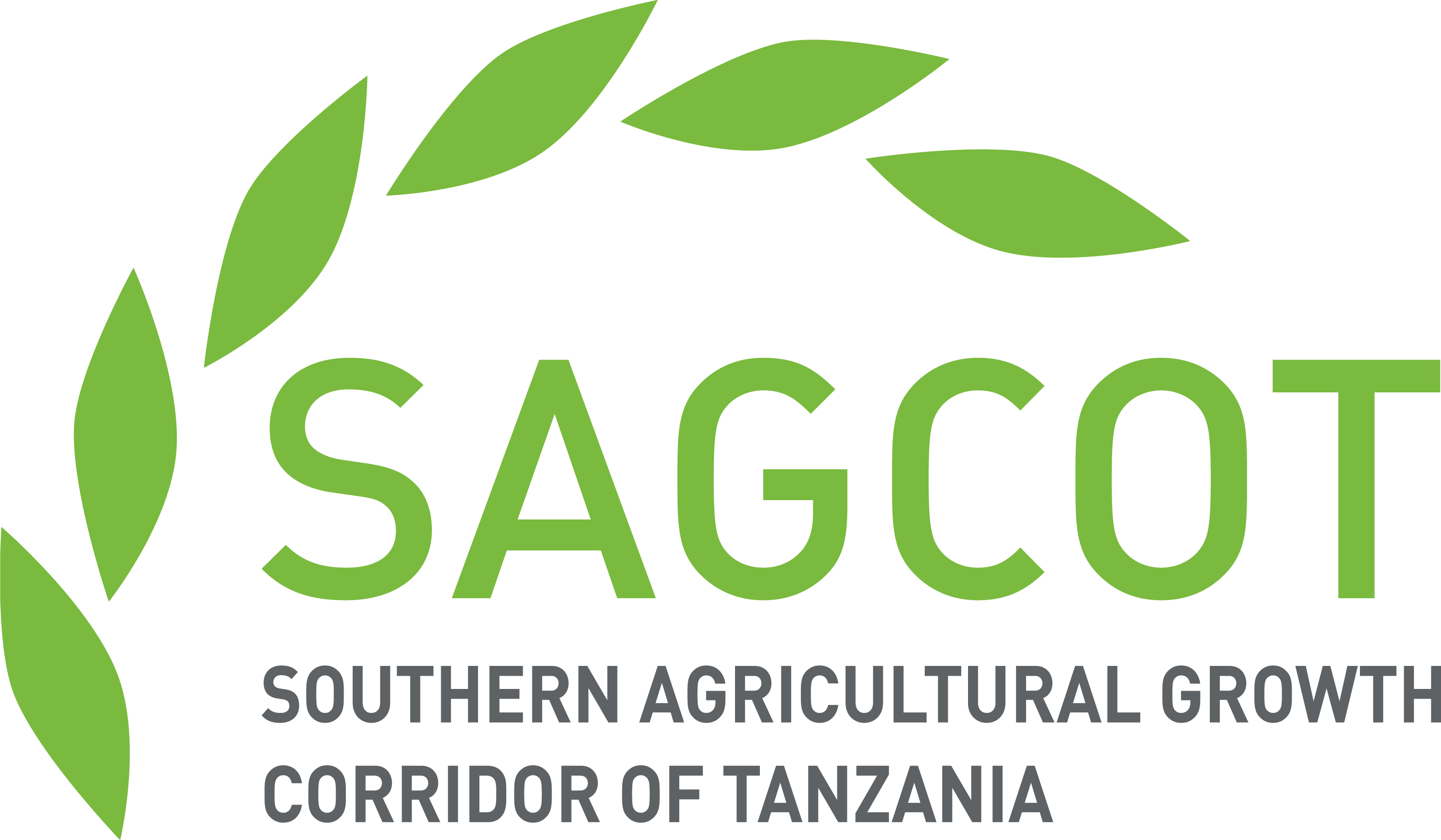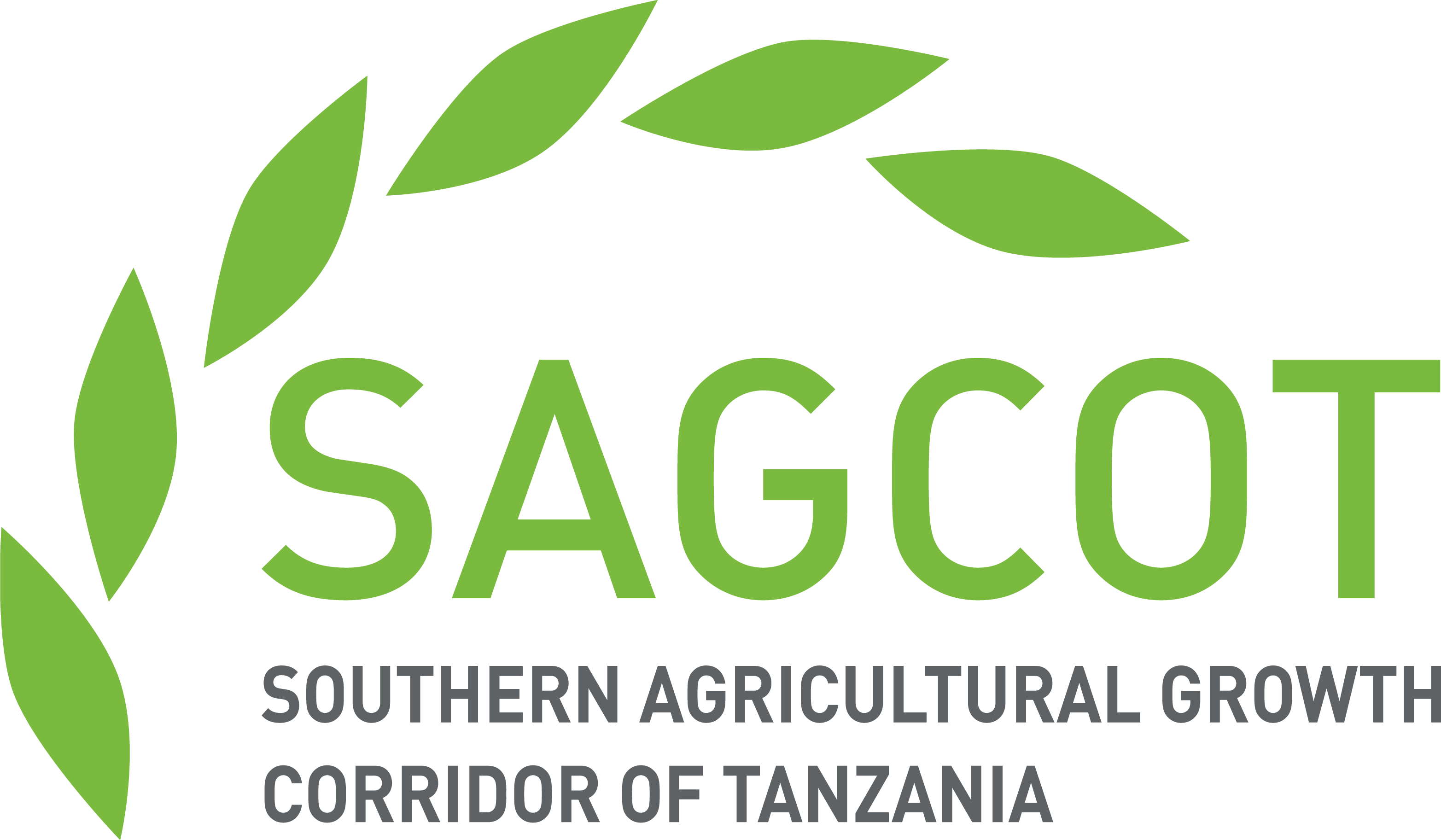Arusha, Tanzania – October 29, 2024
At the 28th Annual REPOA Research Workshop in Arusha, Tanzania, Tullah Mloge from SAGCOT delivered a compelling presentation, sharing achievements and future goals for transforming Tanzania into a regional food powerhouse. Addressing agricultural experts, policymakers, and regional partners, Mloge highlighted Tanzania’s role in bolstering food production for local, regional, and global markets, aligning SAGCOT’s initiatives with the continent’s food security and economic growth goals.
Tackling Import Dependence and Unleashing Tanzania’s Agricultural Potential
Mloge underscored a significant challenge facing African economies: high import dependency. “We’re importing everything, from shoes to the food we eat,” she remarked, pointing to Tanzania’s opportunity to capitalize on its agricultural potential. “When it comes to agriculture, we know we can feed not only our continent but the world,” she asserted, urging a shift toward maximizing local production to meet this vast demand.
While East African nations like Tanzania have the climate and land to grow various crops, Mloge highlighted a few key constraints: “Standards, supply consistency, and frequency are critical challenges.” Despite these hurdles, she emphasized Tanzania’s capacity, noting that Africa uses only 25% of its potential agricultural resources. “If we’re going to trade, we need a surplus. Without it, there’s nothing to trade, and we consume all we produce.”
SAGCOT’s Success Stories: Avocados and Emerging Apple Production
Focusing on competitive and competitive value chains backed by private sector investment, SAGCOT has made notable strides in specific crops. “We’re prioritizing value chains where we see strong market potential and active private sector involvement, including everything from multinational companies to smallholder farmers,” she said.
In the Southern Highlands, SAGCOT’s efforts have established the area as a primary producer of avocados. “Ask anyone where avocados in Tanzania come from, and they’ll tell you ‘Njombe,’ in the Southern Highlands,” she explained. Other regions also grow avocados, but the Southern Highlands have become synonymous with high-quality production.
SAGCOT is now focused on expanding apple production, which Mloge sees as an emerging opportunity. “East Africa currently imports around $75 million in Apple products yearly,” she noted. “We know that apples could become our next major crop. With dedicated investment, we project that within five years, Tanzania will be a net exporter of apples.”
Boosting Livestock Production with Soybean Feed
SAGCOT also focuses on the livestock sector, which Mloge highlighted as a key component of the country’s food systems approach. She emphasized the importance of feed crops like soybeans and maize, which are essential for sustaining the poultry and dairy industries. “Two years ago, Tanzania produced around 5,000 tons of soybeans annually. This year, with the help of our partners, production has reached 20,000 tons, and we’re aiming for 50,000 tons next year,” she explained, referencing the Tanzania Sustainable Soybean Initiative supported by the Royal Norwegian Embassy
Expanding on Tanzania’s future in the livestock sector, Mloge highlighted a recent trade development: “Tanzania has signed a contract with China to export one million tons of soy. This is a significant step forward for the sector.
Poultry: A Self-Sufficient Sector on the Rise
SAGCOT’s investment in the poultry value chain has already shown measurable impacts, with Tanzania now self-sufficient in chick production and exporting fertilized eggs. “Tanzania is a net exporter of fertilized eggs, and we’re self-sufficient in producing day-old chicks. This wouldn’t have been possible without the investments made in our poultry sector,” she said. These advancements highlight SAGCOT’s broader vision of creating resilient agricultural systems that can sustain domestic needs and drive regional exports.
Achieving Food Security Through Surplus Production
SAGCOT has also made significant advances in staple crops like rice and maize, positioning Tanzania as a major exporter within the region. “Currently, we produce twice as much rice as we consume domestically,” she stated. “The surplus goes to regional markets in Kenya, Uganda, Rwanda, and Zimbabwe, among others.” She expressed optimism that with ongoing improvements in farming techniques, Tanzania could quadruple its rice production in the near future. “Our farmers are learning about soil management, land leveling, and other practices that will help us meet our production goals and enhance our regional standing.”
The Role of Potatoes in Tanzania’s Food Security
Tanzania’s potato production has surged in recent years, becoming the third-most critical food security crop after maize and rice. “Potatoes are now a staple in Tanzania, and we’re supplying markets across the East African Community, including South Sudan and Kenya,” she said. Mloge pointed out the cultural popularity of dishes like “chips mayai,” a local favorite made from French fries and eggs, which has driven demand. “Our potato production spans the Southern and Northern Highlands and is another example of how we’re positioning Tanzania as a key supplier within the region.”
Supporting Regional and Global Food Security
Mloge expressed SAGCOT’s commitment to positioning Tanzania as the food basket of East Africa, the SADC region, and beyond. “Tanzania is not only ready but strategically prepared to be the food basket for East Africa, SADC, Africa, and even the world,” she declared. She invited stakeholders to join SAGCOT in scaling up agricultural corridors across Tanzania, where various initiatives are underway to enhance food security and drive sustainable growth. To conclude, we, as Tanzania, strategically position ourselves as the food basket for the East African Community, SADC, Africa, and beyond. This vision will be made possible, and I call on everyone to work with us as we expand our agricultural corridors across Tanzania, not just within the SAGCOT corridor.
Transitioning into




